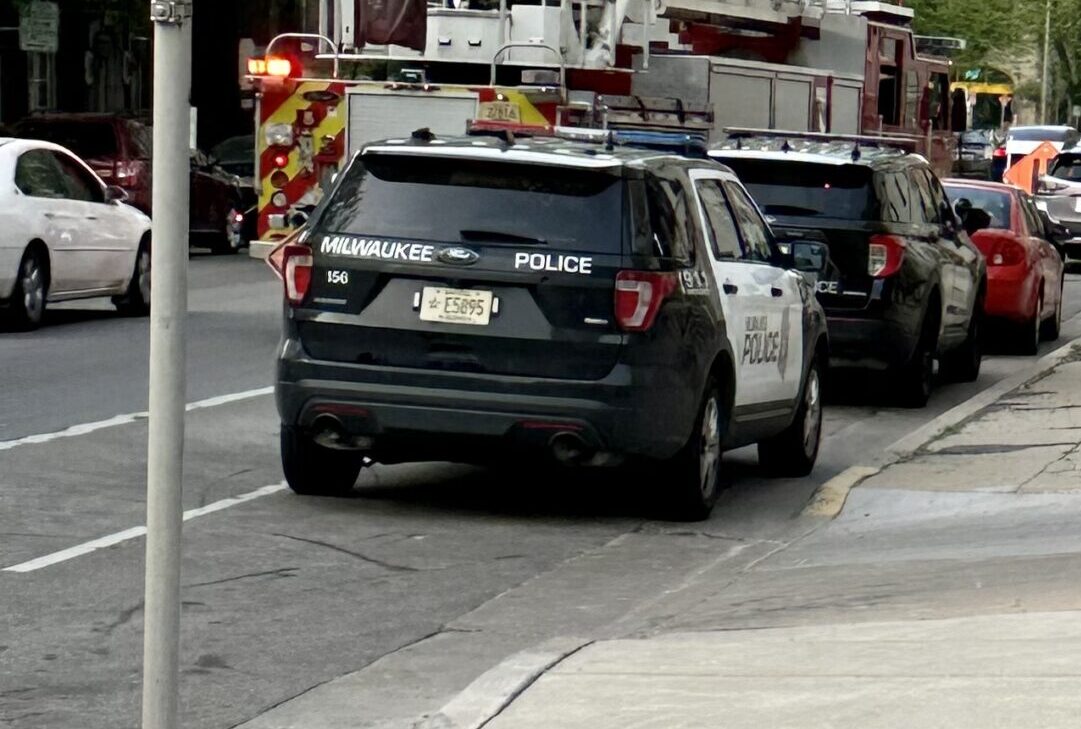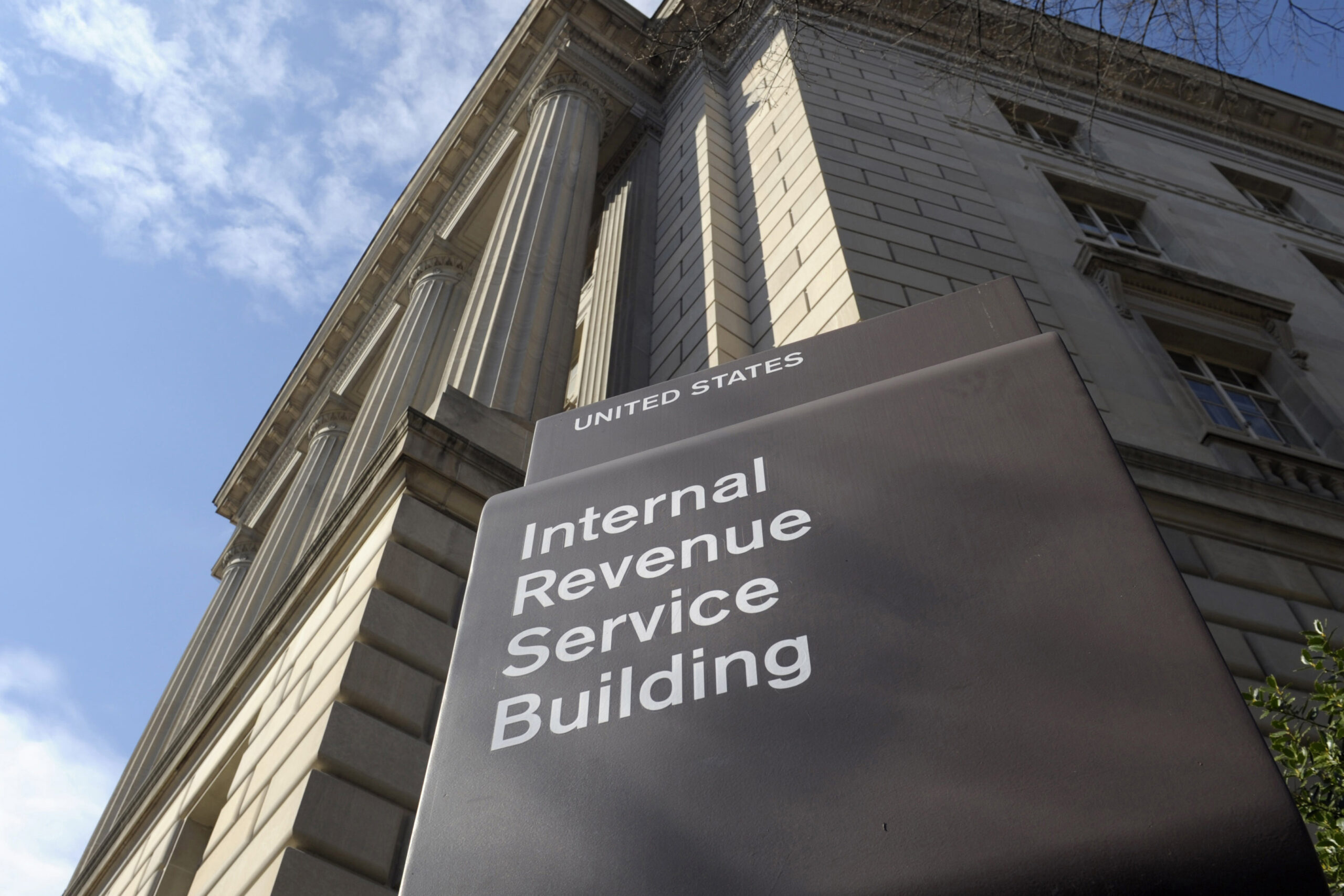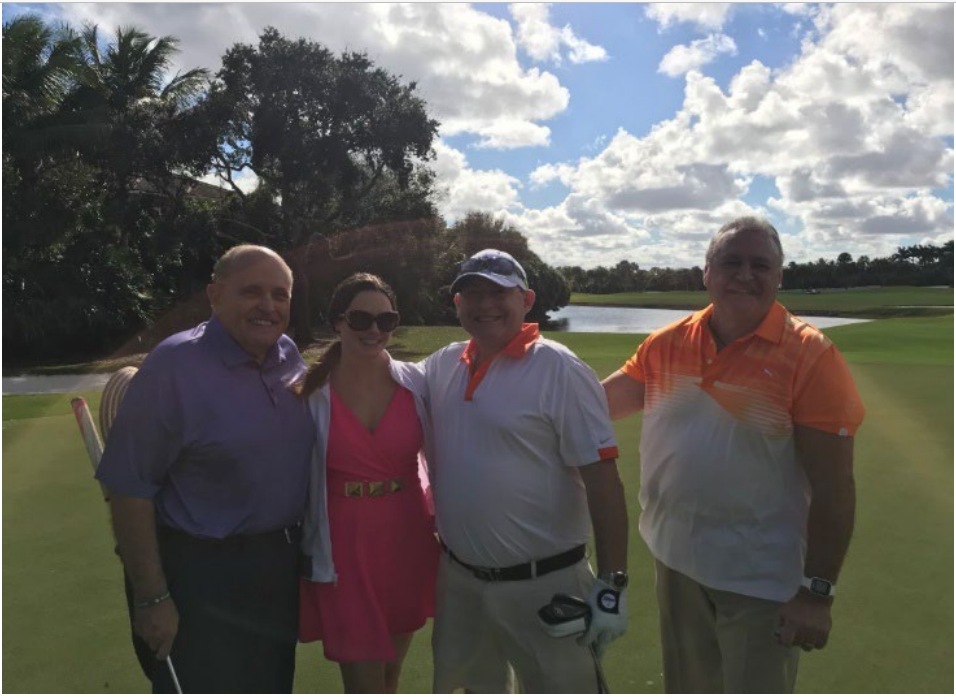High court hears challenge of sales tax used for Resch Expo, other projects
By: Nate Beck, [email protected]//November 16, 2021//
High court hears challenge of sales tax used for Resch Expo, other projects
By: Nate Beck, [email protected]//November 16, 2021//

A case before the Wisconsin Supreme Court on Tuesday threatens to invalidate a Brown County sales tax used to reduce debt and pay for road work, a new expo center and other projects.
The Wisconsin Institute for Law and Liberty, arguing on behalf of a group called the Brown County Taxpayers Alliance, contended the state Legislature has required counties to use every dollar collected through a local sales tax to offset property-tax collections.
Brown County’s local sales tax is meant to last six years and to pay for $147 million in construction projects — including part of the recently completed Resch Expo Center, road and bridge improvements and a science and technology center at the University of Wisconsin-Green Bay. The county passed the tax in 2017 in a 23-3 vote.
Arguing for the county, Andrew Phillips — a lawyer at Von Briesen and Roper — said the sales tax benefits property taxpayers by ensuring that construction projects can be paid for upfront rather than through interest-bearing debt payments.
“The property tax payers in Brown County are benefitting from not paying $42 million in interest that they otherwise would have had they borrowed that money,” Phillips said in response to a question from Chief Justice Annette Ziegler. “The property taxpayers … are receiving millions of dollars in benefit as debt comes off the books in Brown County.”
Such arguments have proved successful in the past. In 2020, a Brown County judge sided with the county in ruling that the sales tax complies with state law. An appellate court later elected not to rule directly on the case and instead sent it to the Supreme Court.
WILL’s challenge of Brown County’s tax relies on a 1998 legal opinion from former Attorney General Jim Doyle outlining how counties can spend sales-tax revenue. LoCoco, deputy counsel at WILL, argued Brown County imposed its sales tax to avoid both the strict limits the state Legislature has placed on local governments’ ability to raise property taxes levy imposed by the state Legislature and the need to go to voters for approval for construction projects.
“(Brown County) could have enacted a borrowing freeze without the sales tax,” LoCoco said during his closing arguments. “It could have accomplished the exact same result. What it is unable to show is that the borrowing would have been approved by county taxpayers. If the county wanted approval from these projects, it could have asked for approval from its citizens. But it didn’t do so.”
WILL argues the 1998 opinion on sales taxes requires counties to use sales-tax revenue to “directly” reduce property taxes. LoCoco said he and his colleagues believe that means counties must use sales taxes to make a dollar-for-dollar reduction in property taxes.
In one exchange, Justice Rebecca Bradley asked Phillips how Brown County could show it had reduced taxes by imposing the sales tax.
“Your argument can only go so far as to say that the property tax levy is not as high as it would have been,” Bradley said. “In other words, it made the increase less. But that’s not a direct reduction is it?”
Phillips responded by arguing state statute doesn’t require a dollar-for-dollar reduction. Counties, he said, can use sales-tax revenue to reduce the total tax burden various ways, including by putting the money toward reducing debt.
“The county board is the entity vested with the discretion of how that reduction is going to occur. If the Legislature wanted it differently, it would have stated in statute, ‘Here’s how you as a county is going to spend these revenues.'”
Justice Brian Hagedorn meanwhile asked Phillips whether statutes dictating how counties can use sales tax revenue would amount to nothing more than “window dressing” if Brown County still has tthe final say in how sales-tax revenue is spent.
“In effect, I think, the hardest part of your position, at least for me, is that the statute doesn’t do much at all, because it can always be gotten around,” Hagedorn said.
Phillips responded by saying Brown County’s sales tax was designed to reduce property taxes by avoiding debt payments. He said dozens counties around Wisconsin have come up ways to use sales taxes in compliance with state law.
“I think the statue does provide some guardrails,” he said. “There are 68 different ways in this state that counties are doing it.” Follow @natebeck9
Legal News
- Wisconsin prison inmate pleads not guilty to killing cellmate
- Waukesha man sentenced to 30 years for Sex Trafficking
- 12-year-old shot in Milwaukee Wednesday with ‘serious injuries’
- Milwaukee man convicted of laundering proceeds of business email compromise fraud schemes
- Giuliani, Meadows among 18 indicted in Arizona fake electors case
- Some State Bar diversity participants walk away from program
- Wisconsin court issues arrest warrant ‘in error’ for Minocqua Brewing owner
- Iranian nationals charged cyber campaign targeting U.S. Companies
- Facing mostly white juries, are Milwaukee County defendants of color truly judged by their peers?
- Milwaukee Mayor speaks in D.C. Tuesday at White House water summit
- Chicago man sentenced to prison after being caught with ‘Trump Gun’
- FTC bans non-competes
WLJ People
- Power 30 Personal Injury Attorneys – Russell Nicolet
- Power 30 Personal Injury Attorneys – Benjamin Nicolet
- Power 30 Personal Injury Attorneys – Dustin T. Woehl
- Power 30 Personal Injury Attorneys – Katherine Metzger
- Power 30 Personal Injury Attorneys – Joseph Ryan
- Power 30 Personal Injury Attorneys – James M. Ryan
- Power 30 Personal Injury Attorneys – Dana Wachs
- Power 30 Personal Injury Attorneys – Mark L. Thomsen
- Power 30 Personal Injury Attorneys – Matthew Lein
- Power 30 Personal Injury Attorneys – Jeffrey A. Pitman
- Power 30 Personal Injury Attorneys – William Pemberton
- Power 30 Personal Injury Attorneys – Howard S. Sicula











